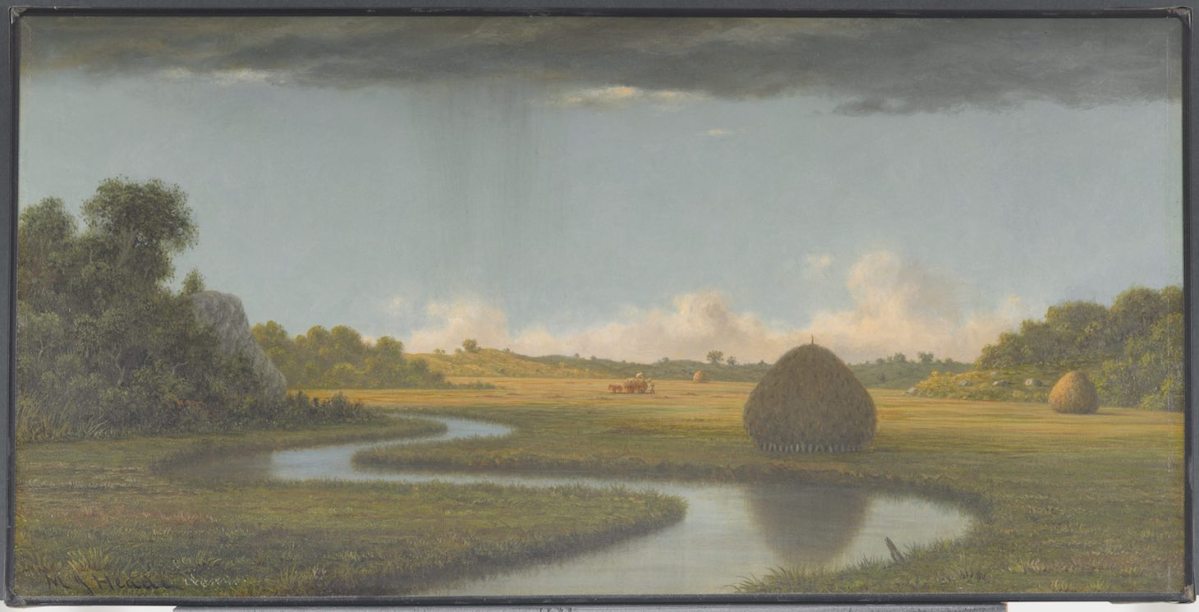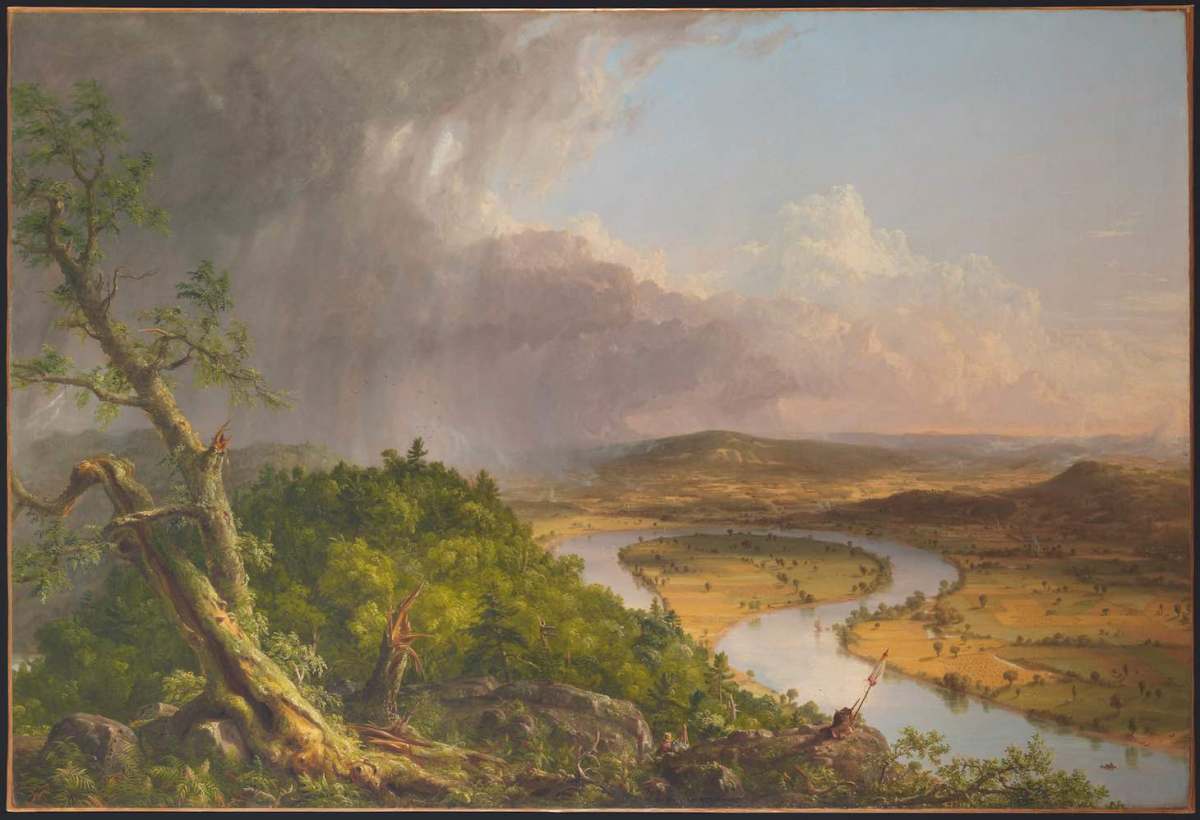
Tyler Green is an author and podcaster who discusses the role of art in American society. His first book entitled Carleton Watkins: Making the West American (2018) discussed a photographer’s influences on the creation of national parks. His research discovers points in history where the American government used public land in order to shape the creative mind and the critical thinking capacities of its citizens. The work is also historical in the sense that he does comparative analysis of landscapes during the time of American frontiersmen juxtaposed with more contemporary subjects.
Throughout the 18th and 19th century, nature was a major inspiration for American artists. It became equally as inspirational as nationalism and religious motivations for art during the time. In Green’s most recent work, Emerson’s Nature and the Artists, demonstrates how the idea of landscape in the minds of American artists turned into the inspiration for creating memorable and historical pieces of art.
Before the Industrial Revolution, nature seemed to be more of an inspiration to American artists than other subjects. Green asserts that by observing these creations, contemporary audiences can discover the popular ideals that are the composition of the artists’ perspective. For these artists, nature was moral and spiritual. However, Green intentionally observes landscapes prior to the genocide of American Indian tribes and the institution of slavery, which the author states that both negative stains on history severely changed how American artist viewed landscapes.
Green is an excellent writer; his works are very informative and can have a significant impact on readers. His latest book does not attempt to describe everything that is positive and negative regarding the behavior of American settlers. Instead, it provides an analysis of what nature means without regard to historical points in American history, and then he ponders and asserts details of how art has been influenced by particular events in history.

